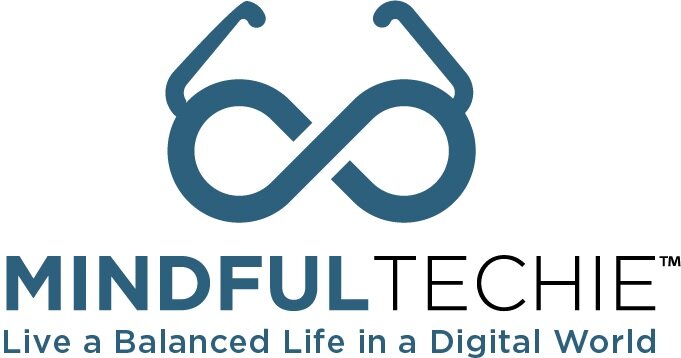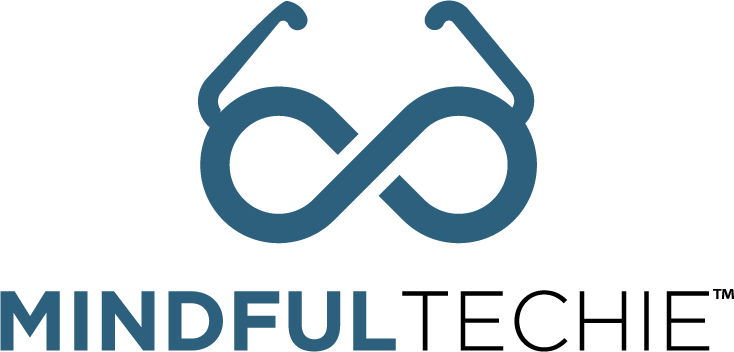3 Ways to Conquer Tech Exhaustion in the Virtual Workplace
by Meico Marquette Whitlock // Originally published by Keela
As a changemaker, you’re committed to making a positive difference in the world and are AMAZING at what you do. But the pandemic has disrupted your professional life and increased demands on your home life.
To top it all off, the daily barrage of emails, texts, tweets, and meetings that distract you and stress you out has increased. You know there must be a better way to manage your life and the tech tools that seem to be getting in your way more often than they help you focus on mission-critical activities these days.
If this sounds like you, you’re in good company. Many of us are working more but getting less done. And all this technology seems to be making us less (not more) productive.
The Challenge
Why is this?
It’s partly because we’re experiencing the largest work-from-home and homeschooling experiment in history. Or as the Canadian government reminds us, we’re not working from home or homeschooling. We’re at home during a crisis trying to get work done while taking care of our loved ones.
Yet while the current pandemic is unprecedented, change and disruption is a constant in life. Consequently, I believe our current challenges aren’t entirely the result of recent events, but rather an epidemic of Intention Deficit Disorder (IDD). We experience IDD when we wander through life on autopilot and out of alignment with our core values or when we’re busy without a clear purpose in mind.
For many of us, IDD begins when we wake up in the morning. Even before rolling out of bed or greeting our partner, we may be up checking emails, responding to text messages, scrolling through social media, and going through our mental checklists for the day.
Then, we rush to our laptop and spend most of the day in a perpetual state of distraction. By the time work ends (and it never does really), we’re exhausted from non-stop Zoom meetings and sitting behind a screen all day. We have little, if anything, left over for our loved ones. And when we finally fall asleep, our devices are right there beside us.
Yes, you may be busy. Your inbox may be overflowing. And your calendar may be full of important calls. But being busy doesn't mean you're being productive or making a positive impact.
The truth is you don't need more time, tech tools, or productivity hacks. You need fewer things on your plate, clearer intentions, and firmer boundaries.
If this sounds anything like you, you may be asking yourself: how do I create more tech-life balance in today’s changing world.
The Solution
The simple answer is: set boundaries for when, where, and how you use your technology. During times of crisis and disruption, having clear boundaries and routines is critical for effectively navigating challenging times.
Here are three simple things you can do right way to create more tech-life balance:
1. Make a plan for your day and week
Survey data show one of the biggest distractions in the workplace is lack of clarity about what’s important to focus on in a particular moment. Consequently, when we are distracted, we may find it difficult to get back on track because we’re not clear about what’s important.
You can correct this by taking a few moments at the beginning or end of your days and weeks to establish your intention and priorities. You can think of this process as setting the address for your intended destination in your GPS. Without a destination, you drive around for hours and end up in no place in particular. This is like being busy without making a real impact.
Research shows that when you do this process by hand, you are more likely to remember AND follow through on the intention and priorities you set. This is one reason I created the Intention Planner.
2. Practice social distancing from your devices
When working, eating, and sleeping, we have a perfect opportunity to be socially distant from our devices. These breaks allow our brains and bodies to recover from the stress of being constantly connected.
Start by charging your devices outside of your workspace and adding tech breaks to your calendar to check-in throughout the day on any important calls or messages.
Turn off notifications for non-missional critical apps.
Put away your devices during meals.
Buy a real alarm clock and charge your devices outside your bedroom so you can get uninterrupted rest at night.
3. Establish your rules of engagement
These rules spell out things like:
Which hours will you be available for work each day?
Which hours will you be available for life outside of work?
Which tools should colleagues use to reach you for urgent matters? What about non-urgent issues?
What’s an urgent matter?
How soon should someone expect a response from you depending on the level of urgency?
Establishing these boundaries removes the guesswork around when and how you are available for your work and personal life, and reduces any anxiety you may feel about needing to be on and available 24/7.
These small changes won’t make things go back to “normal,” but they will set you up for a more mindful approach to making an impact in today’s changing world.
Get started by grabbing your FREE copy of the Mastering the Art of Work/Life Balance in a Digital World Workbook + Personal Technology Audit Tool.
Meico Marquette Whitlock is a digital wellness and leadership coach who helps changemakers create lasting work-life and tech-life balance so that they can do good work better. Meico is the founder and CEO of Mindful Techie, author of the Intention Planner , and a certified mindfulness teacher. He has worked with organizations such as Blackbaud, Network for Good, Cigna, Greenpeace, and the World Wildlife Fund. He has been featured on ABC News, Fox 5, Radio One, and at events such as the Nonprofit Technology Conference. Learn more at mindfultechie.com or connect with him on LinkedIn or Instagram.

